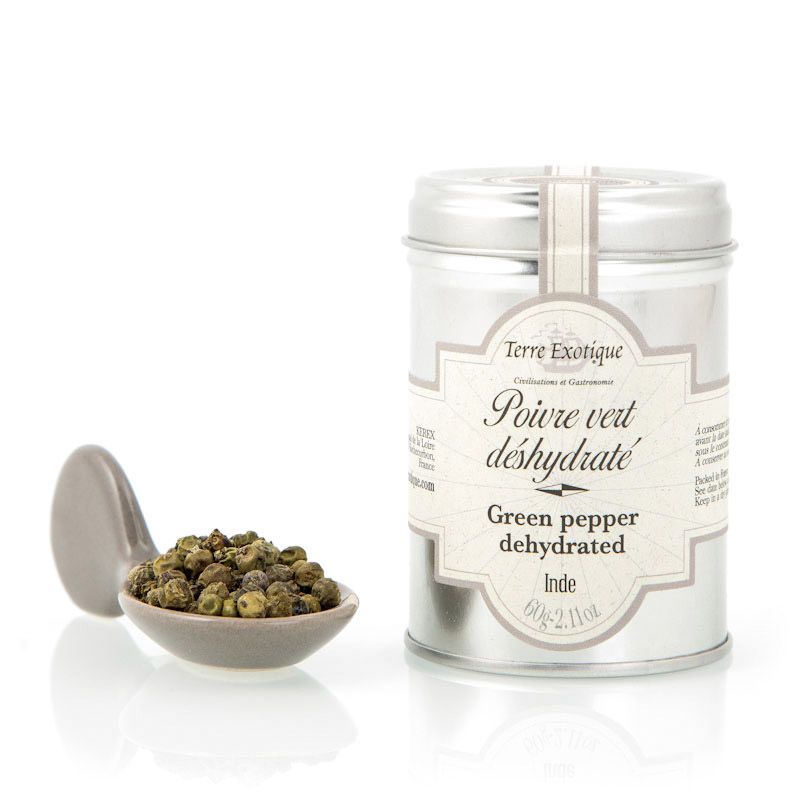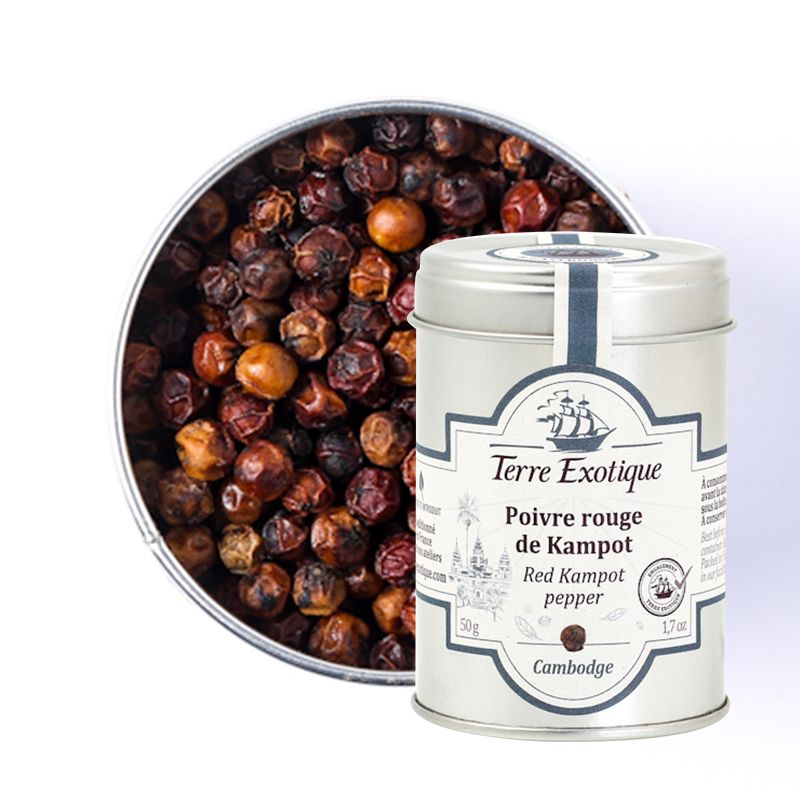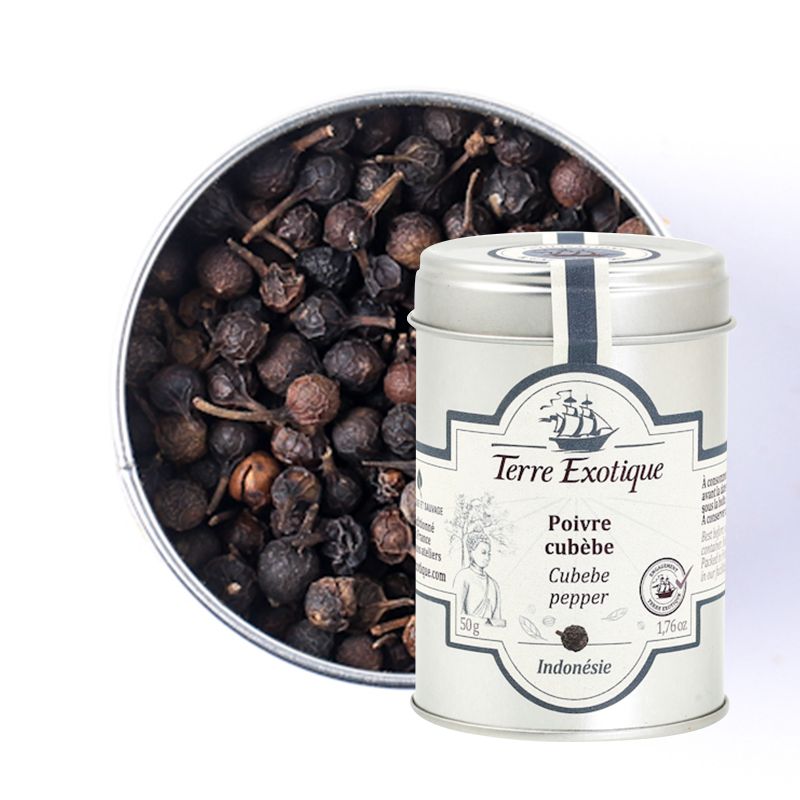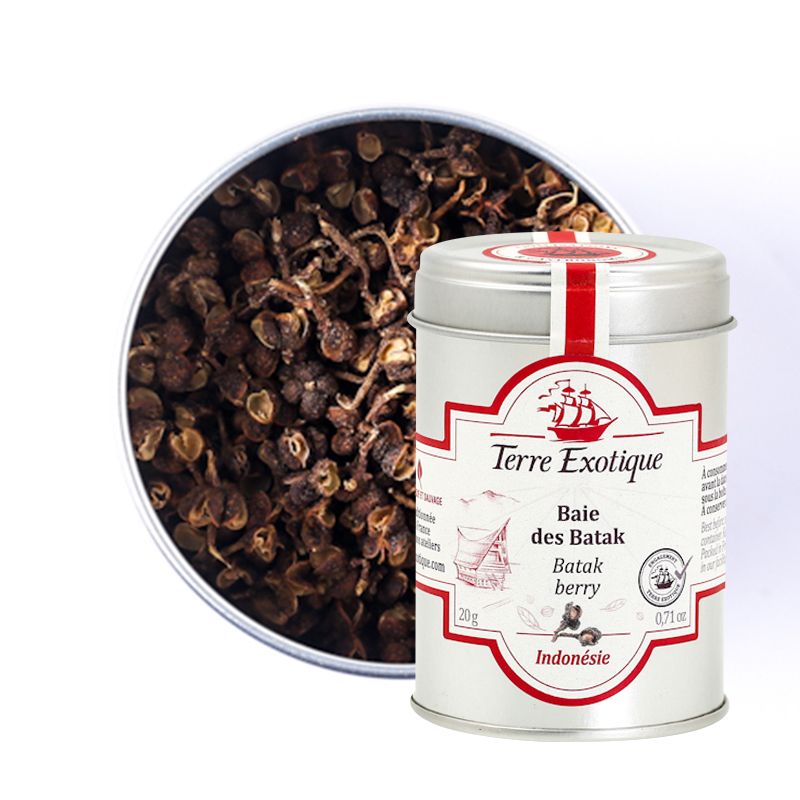Your cart is currently empty!
Food Pairing
Food pairing is the whole science of combining products with different tastes and smells, but having a common aroma component. Food pairing helps chefs, bartenders, baristas and chocolatiers find new harmonious combinations of flavors, create a non-standard menu or create a new unique dish or cocktail. Food pairing allows you to create unique signature dishes with an unusual combination of flavors.
In order for us to hear a scent, it must have some critical mass and be more volatile than all the others. Perhaps this is why we are not able to appreciate the notes of sprouted wheat and almonds in Gruyère cheese, but we can easily be convinced that it goes phenomenally with strawberries. Consider the example of Gruyère cheese: the ingredient contains several basic flavors – hazelnut, coffee, strawberry, elderberry. The aroma of hazelnuts predominates, therefore, it will be combined with it. For this purpose, gas chromatography/mass spectrometry technology is used.
Using this technology, all molecules present in a product are analyzed and the dominant ones are determined. Thus, thanks to food pairing, it is possible to create ideal pairs of products (for example, chocolate and blue cheese have 73 common aromatic components), which will definitely surprise gourmet taste buds.
For example, there is a benzaldehyde molecule. It forms the familiar taste of almonds to all of us. But, in addition to the almonds themselves, this molecule is also found in apricots, coffee, figs, cherries, mozzarella, cinnamon and many other products. What does it mean? This means that if we combine two, three or more ingredients containing benzaldehyde, our brain and taste buds will perceive it as a harmonious combination. This is how the food pairing method works, which gives famous chefs and culinary enthusiasts the opportunity to get creative in the kitchen and create new incredible combinations of products: white chocolate and black caviar, mango and chili pepper, beets and smoked fish, watermelon and mozzarella and more there are so many options that will make you first be surprised and then fall in love with this combination!

Unique spices

Black cardamom (Amomum subulatum L.) has a smoky, camphorous aroma, and the taste is more pungent, resinous, with an earthy undertone.
The main chemical component of black cardamom is camphor.
Green cardamom (Elettaria cardamomum L.) has gastronomic qualities, is distinguished by a piquant, hot-spicy taste, delicate aroma with a camphor tone, lemon and eucalyptus undertones. This is the most popular, expensive and sought after type of Cardamom.
The content of essential oil in seeds greatly depends on storage conditions, but can reach 8%. The oil consists almost exclusively of oxygenated monoterpene derivatives: α-terpineol 45%, myrcene 27%, limonene 8%, menthone 6%, β-phellandrene 3%, 1,8-cineole 2%, sabinene 2% and heptane 2%.
Madagascar vanilla (Vanilla planifolia) – flat-leaved or Bourbon (Madagascar) vanilla. Produces several cultivated varieties of vanilla of the best quality, with long pods of 20-25 centimeters. Its varieties are considered the best in quality – with a fresh vanilla aroma and long, oily pods. The spice exported from Central America is today grown in Madagascar, Reunion, and Indonesia. Mexican vanilla, obtained from the native V. planifolia, is produced in much smaller quantities and sold as vanilla from its country of origin.
The vanilla bean is odorless, and they must be fermented to produce the aromatic spice. As a result of these processes, the glycoside glucovanillin is broken down into glucose and the free odorous aldehyde – vanillin. Then the pods are dried for a long time and difficultly in the shade in the open air, during which they lose two-thirds of their mass, darken and are covered on the outside with white vanillin crystals.
In vanilla itself, in addition to vanillin, there are many other aromatic components. Cinnamon esters, anise alcohol, hydroxybenzaldehyde, cinnamon ester, and eugenol are also involved in creating its aroma. Anise, acetic, isobutyric and caproic acids are contained in smaller quantities. The lowest quality varieties contain heliotropin as the main component, and not vanillin.


Ceylon cinnamon (Cinnamomum zeylanicum) (true cinnamon, Sinegalese cinnamon, noble cinnamon, cinnamon). Its homeland is Sri Lanka. It is also cultivated in India, Indonesia, Malaysia, Brazil, Guiana. We use ALBA – a luxury grade. Made from the youngest shoots of the cinnamon tree and its thinnest layers of bark. Smallest stick diameter.
Features unlike cassia:
• looks like a multilayer tube;
• the outer surface is light brown or yellow-brown;
• thickness – up to 1 mm, the best varieties have the thickness of writing paper;
• very fragile, easily broken by hand;
• has a delicate aroma and a sweetish-burning taste;
• in ground form (powder) very light, barely brown;
• coumarin content is 0.017 g/kg, and in cassia 2-4 g/kg (it can cause headaches).
Terre Exotique Spices
Terre Exotique brand includes a range of exotic spice mixes, salts and peppers from some of the farthest corners of the world.

Green Malabar pepper harvested before it is fully ripe from the pepper vines of the Malabar Coast. It is dried in ovens at very high temperatures and then sorted by hand. Has a cool, fresh and spicy mint flavor.

Red Kampot pepper (Cambodian Pepper) – obtained by picking the red berries when they are fully ripe, just before they begin to rot on the plant. Kampot red pepper is hotter than Fukuoka red pepper. The two peppers have different methods for correcting their red color. On Phu Quoc Island, red peppers take longer to dry in the sun. In Kampot, immediately after picking the red berries, they are soaked in boiling water and then immediately plunged into ice water. Peppers have bright fruity and floral notes with aromas of fruit compote, vanilla, and candied citrus.

Cubeba pepper/Cubeba berries has the taste of juniper and cloves is very spicy and hot. They leave a soft and pleasant feeling of freshness and pine in the mouth. The aroma contains notes of pine resin, herbal tea, and eucalyptus.
Cube pepper berries contain 15 to 18% essential oil, consisting mainly of dipentene, cadinene and stearoptene. The substance cubebin and a large amount of essence are responsible for the hotness of cubeba pepper (in cubeba pepper there is 12% of it, and in black pepper – a maximum of 4%), while piperine gives the hotness to black pepper. Cubeba also contains all the main components of black pepper – piperidine, chavicin, protein, vitamins, etc.

Andaliman (Lemon pepper) – came from Sumatra. This is a type of Sichuan pepper with an interesting taste – the taste and smell of fresh lemon, and after a couple of minutes – a feeling of pungency and a slight numbness of the lips and tip of the tongue. The spiciness is mild, rather piquant. In haute cuisine, andaliman keeps company with fish, and in confectionery it will play perfectly with sour fruits – orange, passion fruit, lemon – or remove the cloying of too sweet ones – banana, guava, mango. Not to be confused with American lemon pepper, a mixture of large pieces of black pepper and dried lemon juice granules.
In order not to increase the spiciness of the pepper, it is better to infuse it in hot purees or liquids, then remove them from the mass.

Red Szechuan pepper – gives the taste of anise, a kind of chill. Pairs well with fennel, pineapple, tangerine, sea buckthorn and lime.

Cascabel chiles are small and round, 2-3 cm in diameter. The fresh pods ripen from green to red to deep reddish-brown in color. The fresh pods are plump and round, and rather small. The dried pods retain their overall shape for the most part.
The cascabel pepper is characterized by an eary, slightly smoky flavor with notes of nuttiness. With a mild to moderate heat level, the Cascabel is perfect for adding a touch of heat to soups, salsas, stews and sauces. They are mostly consumed dried, and often ground into chili flakes.

Vegan bacon – Organic Textured Soy Protein (Organic Soy Flower), Organic Sunflower Oil, Salt, Natural Flavor (Soy Oil, Natural Smoke Flavor), Organic Caramel Color.

Himalayan salt is rock salt (halite) mined from the Punjab region of Pakistan. The salt, which often has a pinkish tint due to trace minerals, is primarily used as a food additive to replace refined table salt
Analysis of a range of Khewra salt samples showed them to be between 96% and 99% sodium chloride, with trace presence of calcium, iron, zinc, chromium, magnesium, and sulfate, all at varying safe levels below 1%

Tonka beans are actually the seeds of flowers on gigantic trees (cumaru) that grow in Central and South America.
Tonka beans contain unusually high levels of the chemical coumarin, which gives them their flavour and is found naturally in hundreds of plants, mostly in including almond, lavender and cherries. Even if you’ve never tried a tonka bean in your life, there’s a good chance you know what they smell like!!

